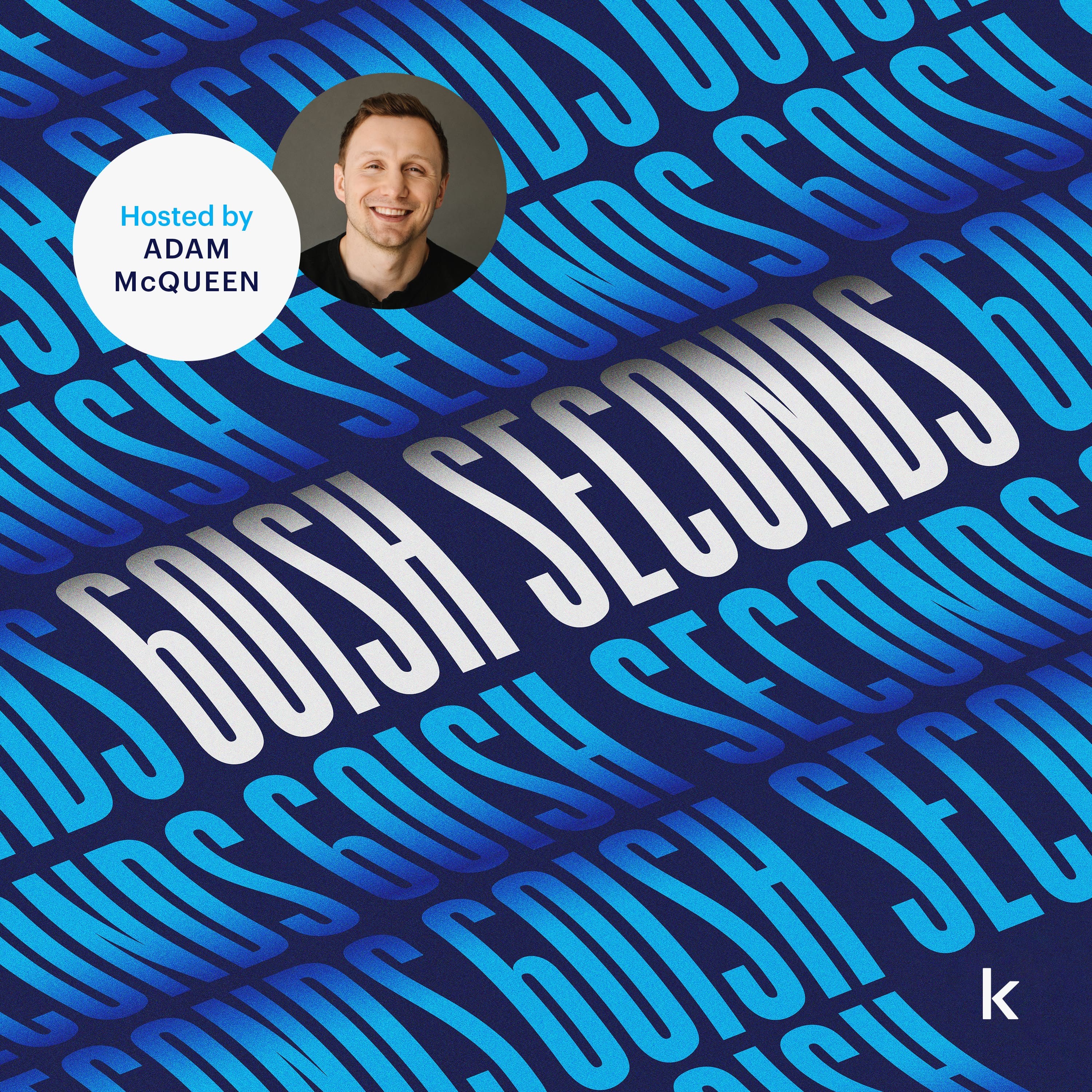Four Common Battlecard Mistakes and How to Avoid Them
Competitive Enablement Consultants Hunter Sones and Sylvia Rayner joined the Competitive Enablement Show LIVE to talk about the four most common battlecard mistakes and what it takes to fix them. Here are three takeaways from their appearance. And make sure to check out the full results from our battlecard data deep dive here.
65% of battlecards are missing customer-facing proof points
Backing up your battlecard content with evidence build trust.
It builds trust with the prospect by showing you’re not just full of hot air, and with your end users by putting them on solid ground.
Not to mention that when that well-timed proof point is used to tip a deal, you’re going a long way in building trust in your compete program.
Where to look for proof points
- Customer quotes
- Case study
- Third-party research
- News article/Press Release
In one instance, using a news article as a battlecard proof point made all the difference for Hunter in a recent deal.
“The competitor had a history of network outages. So the proof point we used was a news article showing how many outages they had had over the past six months.”
A customer quote or story can feel like the silver bullet, especially when it’s relevant to your prospect’s particular industry or circumstance.
But as Hunter shared, a news article or third-party validated evidence can be just as effective.
No matter which proof points you choose, make sure to include them in your battlecards to back up your claims.
Because right now, 79% of battlecards we analyzed don’t. And nailing your proof points could be your leg up on the competition.


♀️Too many battlecards don’t include the ‘how’ & ‘when’ ♀️
All the proof points in the world won’t count for much if your sellers don’t know how or when to use them.
While it’s your responsibility as the compete pro to make sure it’s clear how and when to use your battlecards, you should be tapping on your cross-functional partners to figure out how best to do it.
As Sylvia Rayner puts it:
“You don’t need to be creating everything yourself. The onus is not on you at all points in time to build and source all of this collateral. Tap on the relevant teams that complement the work that you’re doing.”
The applicability of your battlecards is closely related to their relevance in a given situation.
With one client, Hunter and Syl found the client’s battlecards had a ton of really deep and powerful research. But filtering it through an applicability lens was challenging.
They advised the client to team up with the customer marketing team — where the research was coming from (e.g. customer quotes, case studies) — and map the research to different use cases.
A case study on its own won’t help your reps know how and when to use that information.
But pulling out a specific quote or excerpt from that case study about why that customer chose you over a competitor can give your reps the context they need.
Watch Klue’s Director of Data Operations David Washer take us through the five laws of highly effective battlecards
Don’t Discount Distribution
There’s nothing sadder for Syl and Hunter than clients who do everything perfectly when it comes to building battlecards…only to fail on the distribution end of things.
As FloQast’s Ashleigh Eisinger said on a recent episode of the Competitive Enablement Show, if no one knows a battlecard exists, chances are it won’t get used.
It’s your job to make some noise about new or updated content. And figuring out the right way to do it takes a deft touch. In Sylvia’s opinion:
“It’s a timing game: you have to hit people at the right time or they won’t see it. And sometimes that means hitting them in multiple places at multiple times.”
You’ll want to avoid creating a brand new workflow if possible — your end users have enough channels and workflows to worry about as is.
But if you haven’t already, create a Competitive Intel channel in your internal messaging platform, start sending a competitive intelligence newsletter, and get direct feedback from your users. That’s how you create a feedback loop of success.
“If the content is great, if you have good relationships with your stakeholders, then hopefully they’re looking forward to your communications.”
Battlecard building doesn’t end at content creation. It’s a motion that includes distributing your content, iterating on it, and distributing and iterating again.




Stay up to date with the latest from The Compete Network
Be the first to know about the newest episodes dropping on the Compete Network, upcoming shows with creators, and community events where you can learn from top leaders.
JOIN NOWNEWSLETTER

Never miss a new release on the network.
(Your competitors sure aren’t.)
Be the first to know about:
- The latest episodes dropping on the Compete Network
- Community sessions & events
- Upcoming exclusive shows
















